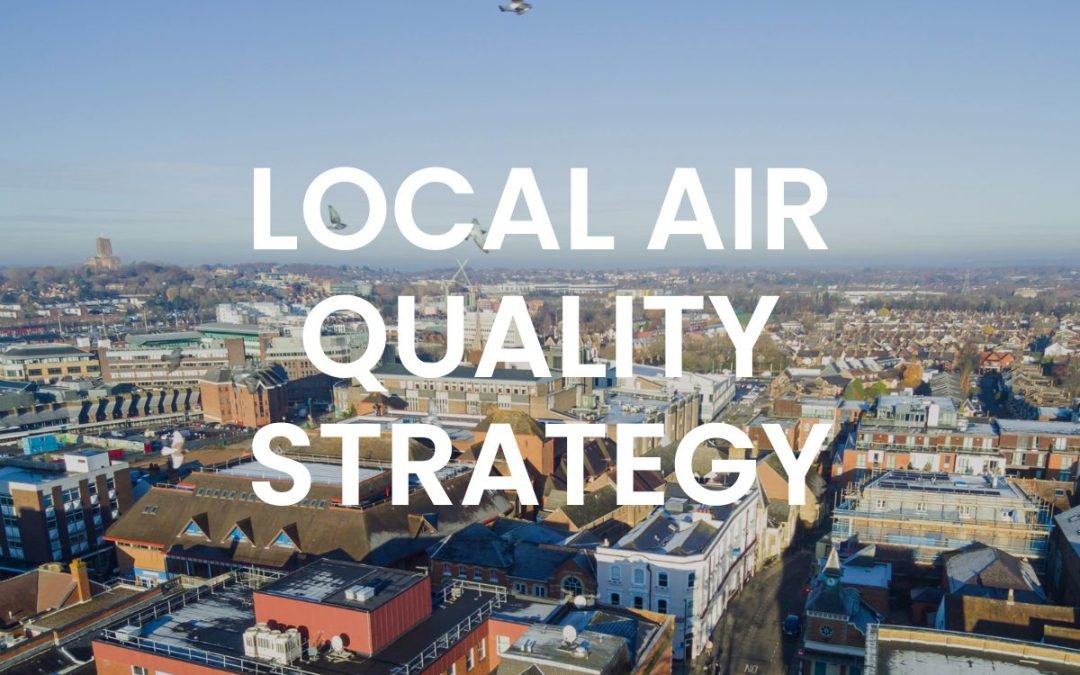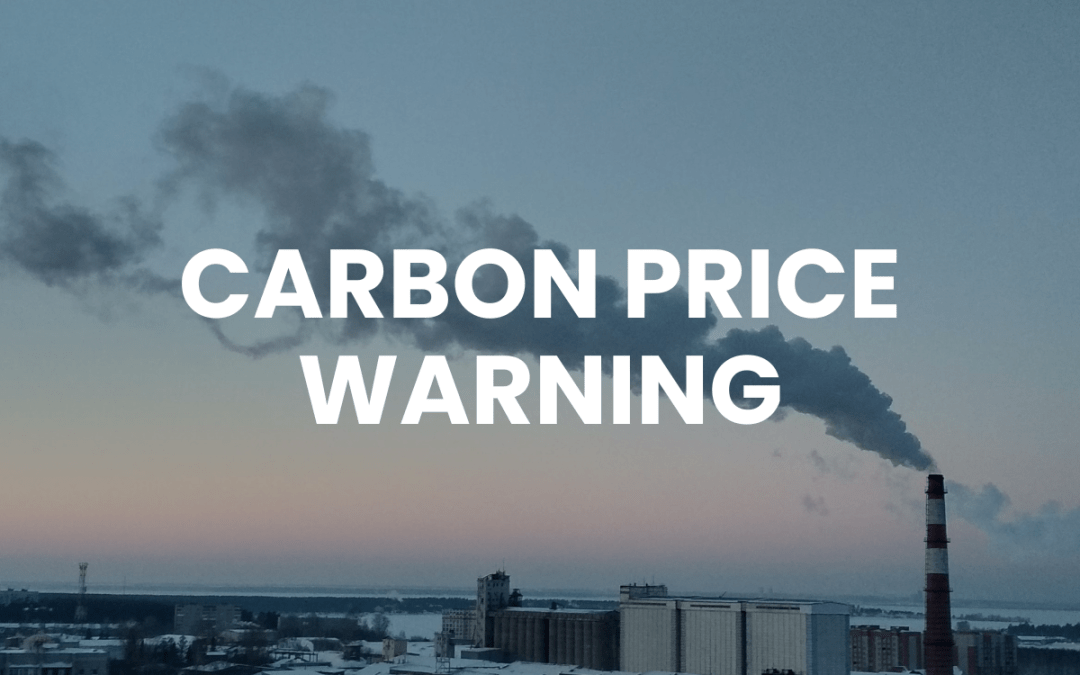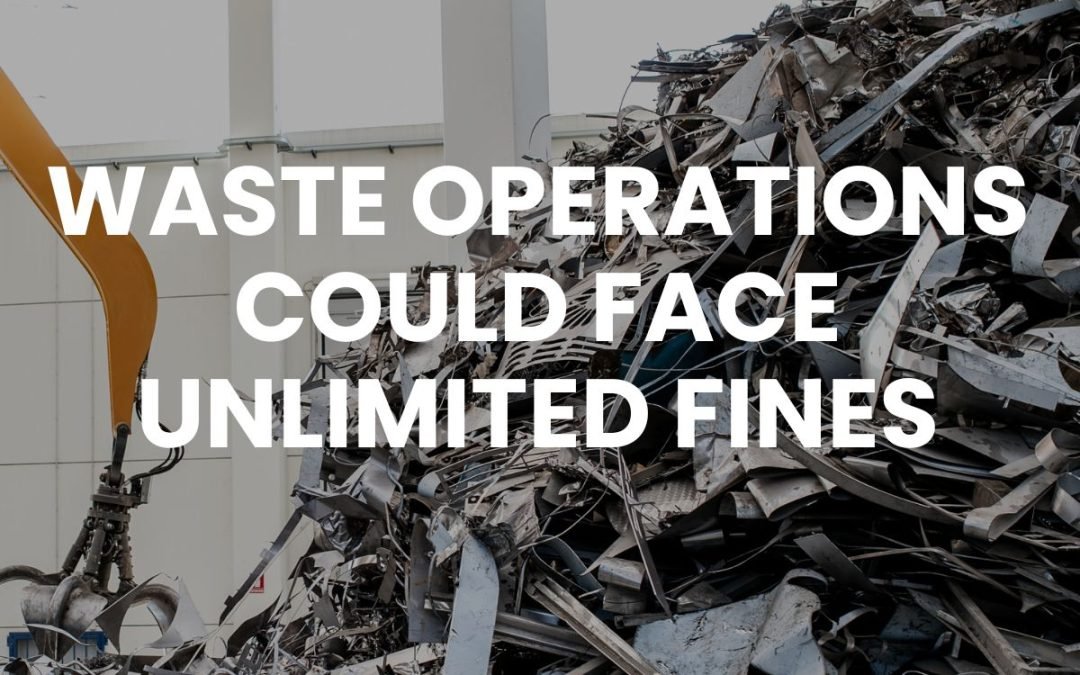November’s COP26 conference will see the world’s leaders descend on Glasgow for the latest round of the United Nations’ ongoing climate change negotiations. The event is significant and we would expect to see a range of measures and funding announced to support carbon reduction.
Inspired by the World Health Organisation (WHO) who just published their 10 recommendations for COP26, we decided to put together our own wish list.
What the WHO is recommending for COP26
The WHO published their recommendations “in memory of Ella Kissi-Debrah – and all other children who have suffered and died from air pollution”. The tragic story of Ella, a 9-year-old girl who died in Lambeth, received a great deal of attention after the UK court confirmed air pollution was a leading cause of death. This is a notable inclusion from the WHO, placing poor air quality front and centre of the climate debate.
As part of their recommendations, the WHO also recommended the adoption of the 2021 WHO Air Quality Guidelines. The inclusion of these targets would place huge pressure on governments and businesses to improve air quality and reduce the negative health impacts.
The WHO recommendations for COP26:
- Commit to a healthy, green, and just recovery from COVID-19.
- Place health and social justice at the heart of the UN climate talks.
- Prioritise those climate interventions with the largest health-, social- and economic gains.
- Build climate-resilient and environmentally sustainable health systems and facilities, and support health adaptation and resilience across sectors.
- Guide a just and inclusive transition to renewable energy to save lives from air pollution, particularly from coal combustion.
- Reimagine urban environments, transport, and mobility.
- Protect and restore nature as the foundation of our health.
- Promote healthy, sustainable, and resilient food systems.
- Finance a healthier, fairer, and greener future to save lives.
- Listen to the health community and prescribe urgent climate action.
You can read some of the specific details on the WHO website.
What is on our wish list for COP26 – what action we want to see from world leaders
1. Adoption of the 2021 WHO Air Quality Guidelines
Widespread adoption of the WHO Air Quality GUidelines would have a massive impact on reducing air pollution. The updated guidelines (See our breakdown of the new WHO Air Quality Guidelines) are up to 3-4x tighter than the 2005 levels – particularly for PM2.5 and NO2.
Our research on the possible impact of these new standards suggested that sites were exposing staff and customers to dangerous levels of air pollution. Current standards in the UK set by DEFRA are based on outdated scientific advice and are lenient on pollution levels.
Adopting the 2021 Guidelines would have a clear benefit on health and COVID-19 outcomes. A Harvard report found a linkage.
Enforcement would give these guidelines even more power. In the UK, the current DEFRA standards do not adequately support the stated goal of ensuring clean air. Not only are the limit values set to high levels but there is also a lack of enforcement.
2. A global green new deal to support government funding for air pollution and climate reduction projects
While many businesses are already taking the lead on sustainability, if we are to make the rapid advancements needed then more public money needs to be made available to support innovative approaches to mitigating environmental impact.
Air pollution reduction should be funded to resolve the public health emergency caused by exposure to high levels of air pollution. Such an approach should be considered urgently to mitigate preventable health complications and early deaths.
3. Empowering local organisations to take responsibility for pollution
While the problem of the climate is a global one, there is also a local challenge that ought to be addressed. Air pollution such as NO2 and PM, has an immediate local impact on health. To tackle this, we would like to see further empowerment of local authorities and organisations. This could mean national governments granting more power, enforcement capability or funding.
4. Pressure to reduce pollution across the value chain
Organisations and businesses are largely taking responsibility and reporting on their immediate pollution (known as Scope 1 and Scope 2 emissions). However, the next big trend is around Scope 3 and addressing pollution across the supply chain.
Once pollution from the supply chain is factored in, organisations will need to better monitor, report, and evidence reductions in pollution from suppliers. This approach works as it causes a multiplier effect within the economy and causes sustainability practices to spread without the need for explicit regulations.
5. Education on the negative impacts of air pollution – alongside climate impacts
A recent survey suggested the majority of people are worried about air pollution but don’t feel properly informed. Education on the health risks of air pollution would provide a catalyst for further action. Once people understand the impact of pollution it will incentivise sustainable purchases or local action. This is an opportunity for creating pressure from below.





